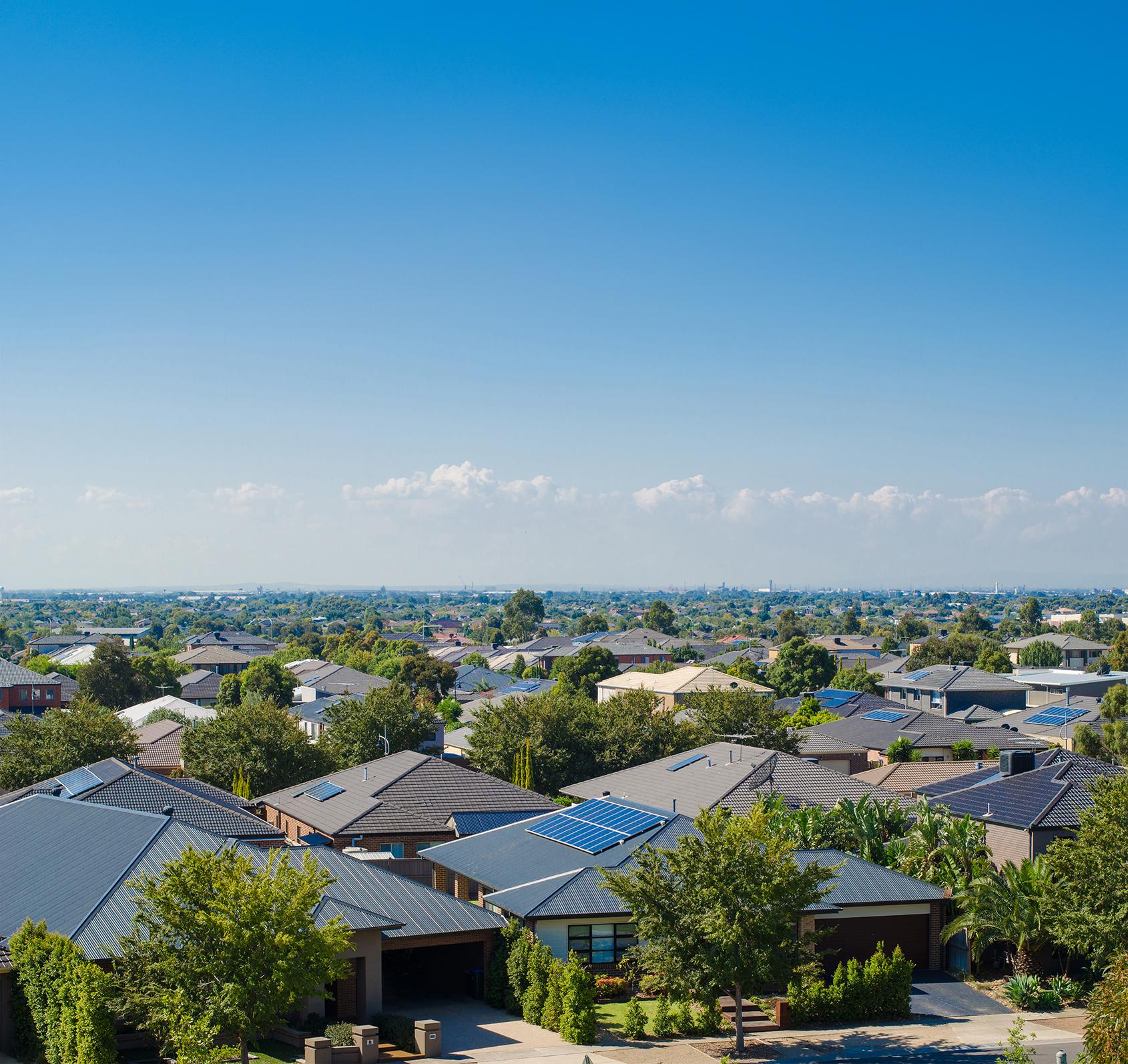
Ripple effect: Population changes impact house prices near and far
30 May 2024
When population movements happen, due to rising housing unaffordability, or as occurred during the COVID-19 pandemic in Australia, it can impact on house prices with a ripple effect on multiple housing submarkets, new AHURI research has confirmed.
The research, ‘House price dynamics and internal migration across Australia’, undertaken for AHURI by researchers from University of Tasmania and Sydney University, examines how population migration to particular suburbs or regions across Australia affects house prices in different suburbs and regions both nearby and much further away.
Between 2015 and 2020, more than 40 per cent of Australian households moved home, with many moving away from Australia’s major cities, which recorded a decrease of 160,000 people over the five years 2016 to 2021. Over the same period (2016–2021), regional Australia’s population increased by 184,000 people (up from 81,600 in 2016), with the non-capital-city areas of Queensland, Victoria and NSW recording significant gains.
The growing numbers of people moving away from major city centres has been attributed, at least partially, to city wages not keeping up with housing costs. In order to access more affordable housing, whether through home ownership or renting, households moved towards either the suburban fringes or regional areas. These movements were further fuelled by pandemic related population movements and the adoption of remote and flexible ways of working.
‘Our research found that when people move into a particular region house prices increase not only in that region and close surrounding areas, but they may also rise in other, more distant locations, and can extend as far as non-contiguous areas, that is, in areas not adjoining the original area,’ says lead research author, Dr. Maria Yanotti of the University of Tasmania.
‘Further more, people moving into a region and the consequent house price impacts of that movement may also trigger successive population movements of people moving out of that region, perhaps because they were displaced by rising house prices and therefore moving to other parts of the state or to other states, triggering a succession of house price impacts in these other areas.’
Migration patterns after COVID-19 are quite different from patterns before COVID-19
Before COVID-19, house price changes in NSW contributed to house price increases in ACT, Victoria and South Australia. Similarly house price increases in Queensland led to house price increases in Western Australia; house price increases in Victoria led to house price increases in Tasmania; and house price increases in Tasmania led to increases in ACT. Overall, changes in house price dynamics in Queensland, NSW, Northern Territory and Tasmania were contributors to house price increases in other states.
During the COVID-19 pandemic things changed significantly. With the stricter COVID-19 restrictions, Victoria became a strong contributor of house price changes in every other state or territory. NSW and Tasmania also influenced house price increases in other states, but to a lesser degree than Victoria.
Migration to regional areas is leading housing affordability stress
The influx of people into regional cities led to a worsening of housing affordability, with limited stock and very low vacancy rates, in part due to the lack of social and affordable housing options in regional areas. Given the traditional attraction of regional areas as relatively affordable locations, these areas are home to a high proportion of low-income and tenant households who are facing rising housing costs.
Regional housing stress has the potential to create a migration ripple effect, where low-income and vulnerable households are forced to move out to less-expensive and lower-resourced areas that may be even further away from regional employment hubs.
Policy makers need to be aware that policies that affect migration may also affect house prices
‘Besides targeting policies that provide financial support for households experiencing housing stress in regional areas, policy makers should be aware that policies focussed on particular regions or areas can have unintended consequences for nearby regions,’ says Dr Yanotti. ‘The connectivity that operates across open borders means that migration increases and house price rises due to a local policy may increase house prices for other regions that may not get a direct benefit from the policy.
In the short-term, demand-side policies that target home purchases in regional areas can contribute to population migration by putting additional strain on property prices. The Regional First Home Buyer Guarantee is one current policy that may have adverse consequences in a post-pandemic context.’
In the longer term, regional investment policies need to ensure that encouraging pull factors to regions is balanced with sufficient and appropriate housing supply and services (including social and affordable housing), and should focus on the strategic development of regional and rural areas, including education and employment opportunities.
